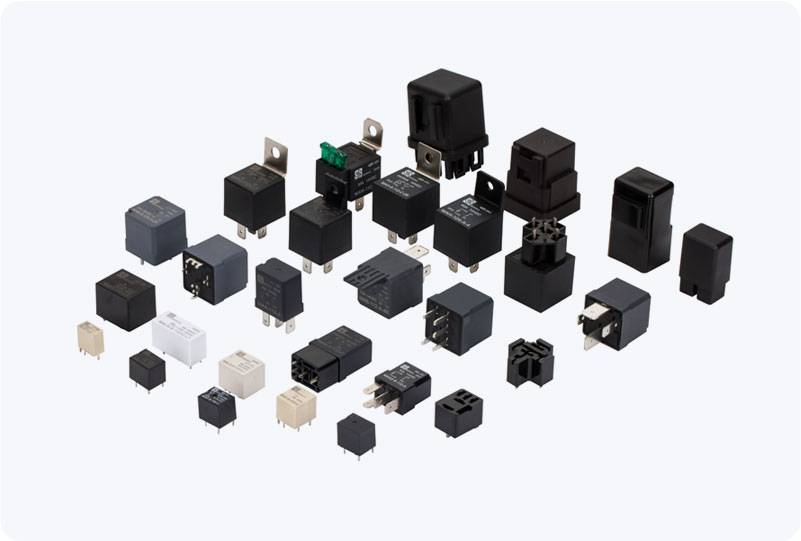High Current Relays are integral components in electrical systems where large currents need to be controlled and switched on or off. They are designed to manage high-power circuits while offering a simple and reliable way to switch high voltage and current levels using low-power control signals. These relays play a crucial role in a wide range of applications, including automotive, industrial machinery, and energy distribution systems. This article delves into the basic principles, design features, applications, and importance of High Current Relays.

What is a High Current Relay? A High Current Relay is an electromechanical switch designed to control large electrical loads. Unlike standard relays that are used for lower current operations, high current relays are capable of handling currents ranging from tens to hundreds of amperes. Their role is to allow a small control current to trigger the switching of a much larger current. Essentially, they serve as a gateway to switch power on or off in circuits that demand high energy, such as motors, lighting systems, and large appliances. How Does a High Current Relay Work? The operation of a High Current Relay is based on electromagnetic principles. A coil inside the relay is energized by a low-current control signal. When the coil is energized, it creates a magnetic field that attracts or repels a contact arm, depending on the relay’s design. This action either closes or opens the electrical contacts, enabling or disabling the flow of current in the circuit. The relay’s contacts are designed to withstand high current without welding or excessive wear, which is essential for the durability and reliability of the relay.